PICC Lines and Midlines: Breaking Down the Differences

Mighty Well knows that there are a ton of different types of intravenous access devices out there, and navigating all of them can be very overwhelming at times. Because of that, Mighty Well is committed to educating people about these different devices and answering the questions that our community might have. One question that people have been speculating is: What is the difference between PICC line and midline?
Before getting into the differences between them, let's have a quick overview of what PICC lines and midlines are. Both of these are intravenous access devices used to deliver medications, fluids, or nutrition to patients through their bloodstream. Medical professionals insert them into a patient's arm to direct the medication to a specific location within the patient's bloodstream.
The PICC Line
A Peripherally Inserted Central Catheter (PICC line) is a type of central line used for longer-term treatments. It is inserted into a vein in the upper arm and threaded through to the superior vena cava, a large vein located in the upper chest. The superior vena cava is one of two veins that carry blood from the body back to the heart, enabling the PICC line to deliver medicine directly to the heart. Typically, a PICC line remains in place for several weeks to a few months, allowing for the continuous delivery of medication, fluids, or other liquids as required for the duration of treatment.
Using a PICC line cover is a common practice to safeguard PICC lines from potential complications, tugging, infection, and other issues. The Mighty Well PICCPerfect® PICC Line Cover is designed with soft touch fabric, providing an additional layer of protection to your PICC line. For more information on PICC lines, check out the PICC Line Hub Educational Resource

The Midline
A midline catheter is also inserted into a patient’s upper arm, with a maximum length of about 20 cm, making it shorter than a PICC line but longer than a traditional peripheral IV catheter. The midline is typically placed for a duration of a few days to a few weeks and is used for delivering fluids and medication, administering blood transfusions, and more.
One key similarity between the midline and the PICC line is that neither of them can get wet! Water exposure can cause infection in both of these vascular access devices, so it is crucial to keep them protected from water. If you are looking for a waterproof shower protector for a PICC line or a midline, check out the Mighty Well H₂O Shield™ PICC Line Shower Cover and Waterproof Cast Cover.
Key Differences Between PICC Lines and Midlines
There are a few main differences between the PICC line and the midline that we feel are important to share:
- Length: the midline ranges from about 7 cm to about 20 cm, making it shorter than the PICC line, which ranges from 45-55 cm. While the PICC line reaches all the way to the superior vena cava in the upper chest area, while the midline ends around the shoulder and upper arm area.
- Duration: similar to the differences in length, the PICC line also stays in for longer than the midline. The midline is typically use for a few weeks, while the PICC line can remain in place for several months if approved by your medical provider.
- Types of medications: While both the PICC line and the midline can be used to deliver medications, fluids, and nutrition, there is a difference in the type of medication that each can be used to deliver. Because the tip of the PICC is in a more central location in the body than the midline, PICC lines are used for more caustic medications like chemotherapy and some antibiotics. Caustic medications are potent medications that can cause damage to the cells and body if they leak from the intended injection site, which is why they are delivered with a PICC rather than a midline.
- Insertion and placement: The PICC line insertion is more complex than that of the midline, and PICC placement may require image guiding like ultrasounds or post-placement x-rays to ensure correct placement of the PICC line tip in the superior vena cava.
PICC Line vs. Midline
Patients can be more self aware of the key differences between PICC line and midline to better understand their medical treatment and condition.
-
Insert Site and Length
- PICC Line: inserted into a vein in the arm and threaded through to a larger vein near the heart. It can extend deeper into the body and is typically longer.
- Midline:A midline is inserted into a vein in the arm, but its tip remains in a smaller vein. It is shorter in length compared to a PICC line.
-
Indications
- PICC line: PICC line are often used for longer-term treatments such as chemotherapy, long-term antibiotics, or parenteral nutrition.
- Midline: Midline are generally used for shorter-term treatments, usually up to four weeks, and are suitable for medications and fluids that don't require placement near the heart.
-
Types of Veins Used
- PICC line: Placed in larger veins, such as the superior vena cava or inferior vena cava, allowing for faster dilution and distribution of medications.
- Midline: Midlines are placed in smaller veins, typically in the upper arm.
-
Maintenance and Care
- PICC line: Due to its longer placement and deeper positioning, PICC lines require more diligent care to prevent infection, clotting, and other complications.
- Midline: Midlines are easier to care for compared to PICC lines, but proper hygiene and maintenance are still essential.
-
Usage Limitations
- PICC line: PICC lines are better suited for treatments that require longer-term venous access and those that need to be delivered near the heart.
- Midline: Midlines are suitable for shorter treatments and are not ideal for medications that require direct delivery to the central circulation.
It is important for patients to consult with their healthcare professionals about which choice is best for their individual medical needs and treatment strategy. Patients are more equipped to actively participate in their care and make knowledgeable treatment choices when they are aware of these distinctions.
While PICC lines and midlines are both intravenous access devices with similar abilities in terms of delivering fluids to the patient, their differences are important to understand. If you have questions about what device might be best for you, it is important to talk to your healthcare or medical provider about your options. For more information on PICC lines, check out the PICC Line Hub Educational Resource and with the Association for Vascular Access' seal of approval.
Sources
https://www.mskcc.org/cancer-care/patient-education/about-your-peripherally-inserted-central-catheter-picc
https://lavascular.com/picc-line-midline-catheter/
https://www.preferredmedical.com/Blogs/whatsthedifferencebetweenmidlineandpicccatheters
https://blog.mighty-well.com/2017/10/which-type-of-vascular-device-is-right-for-you-here-are-7-types-to-consider/






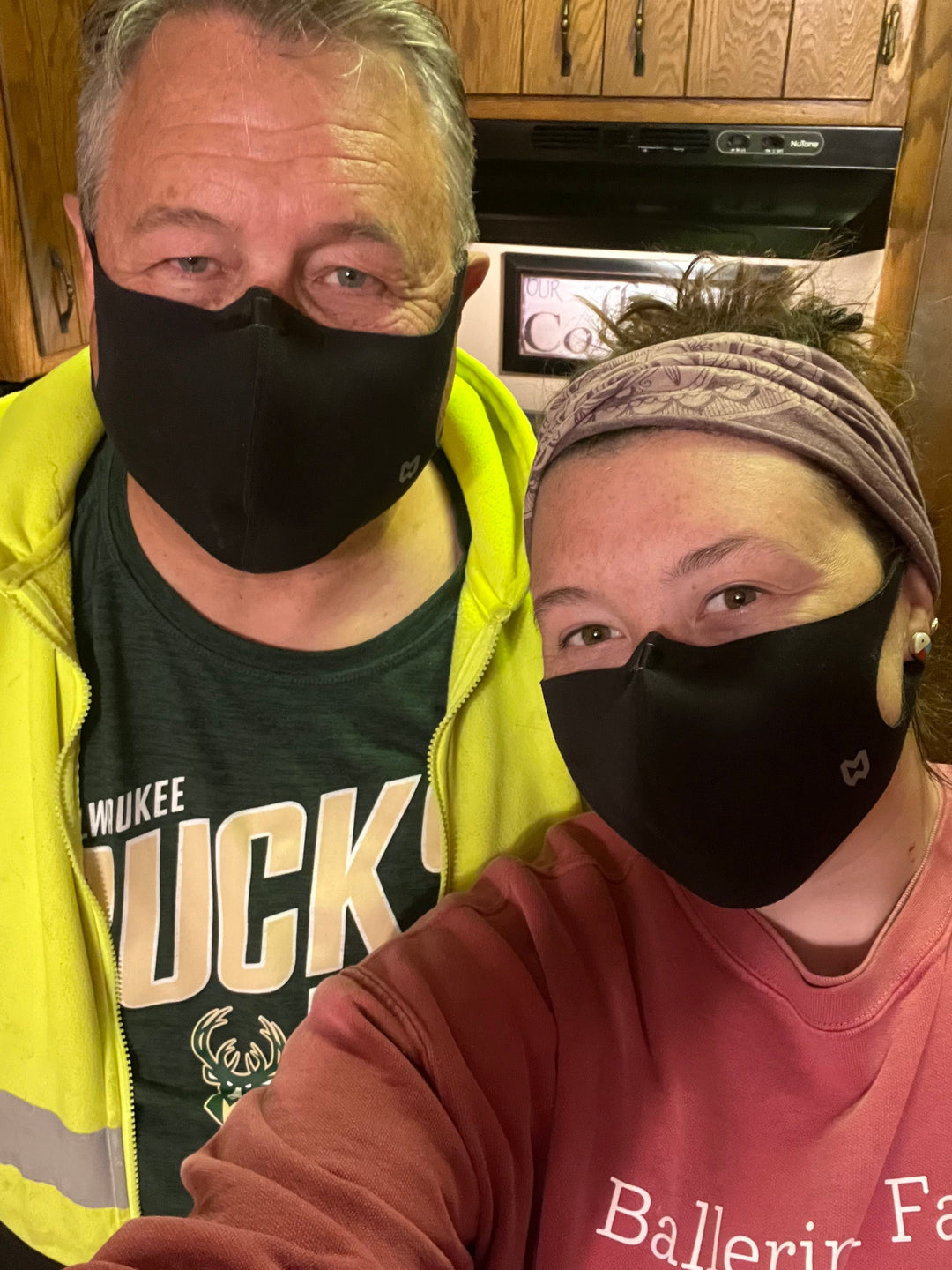
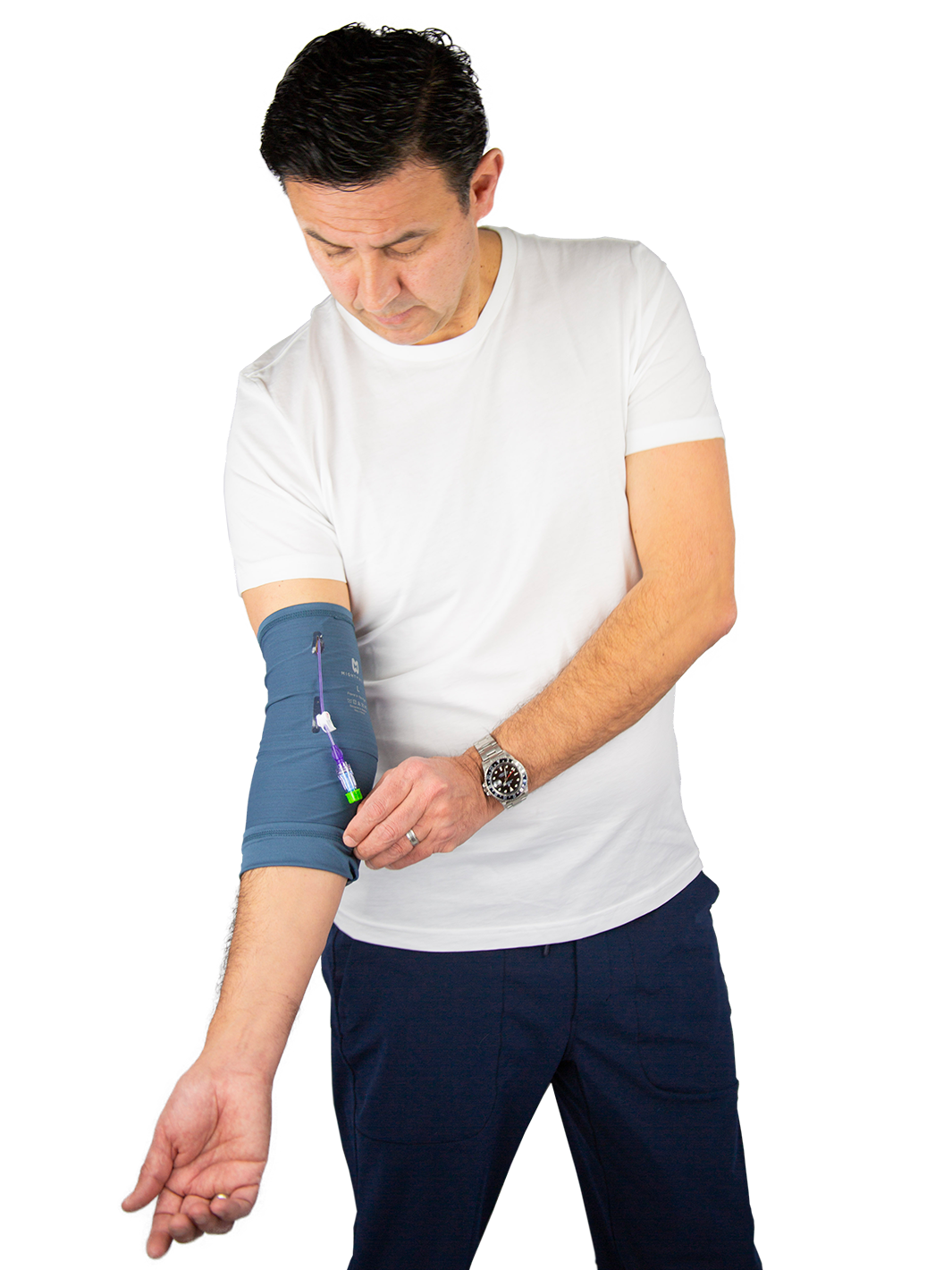
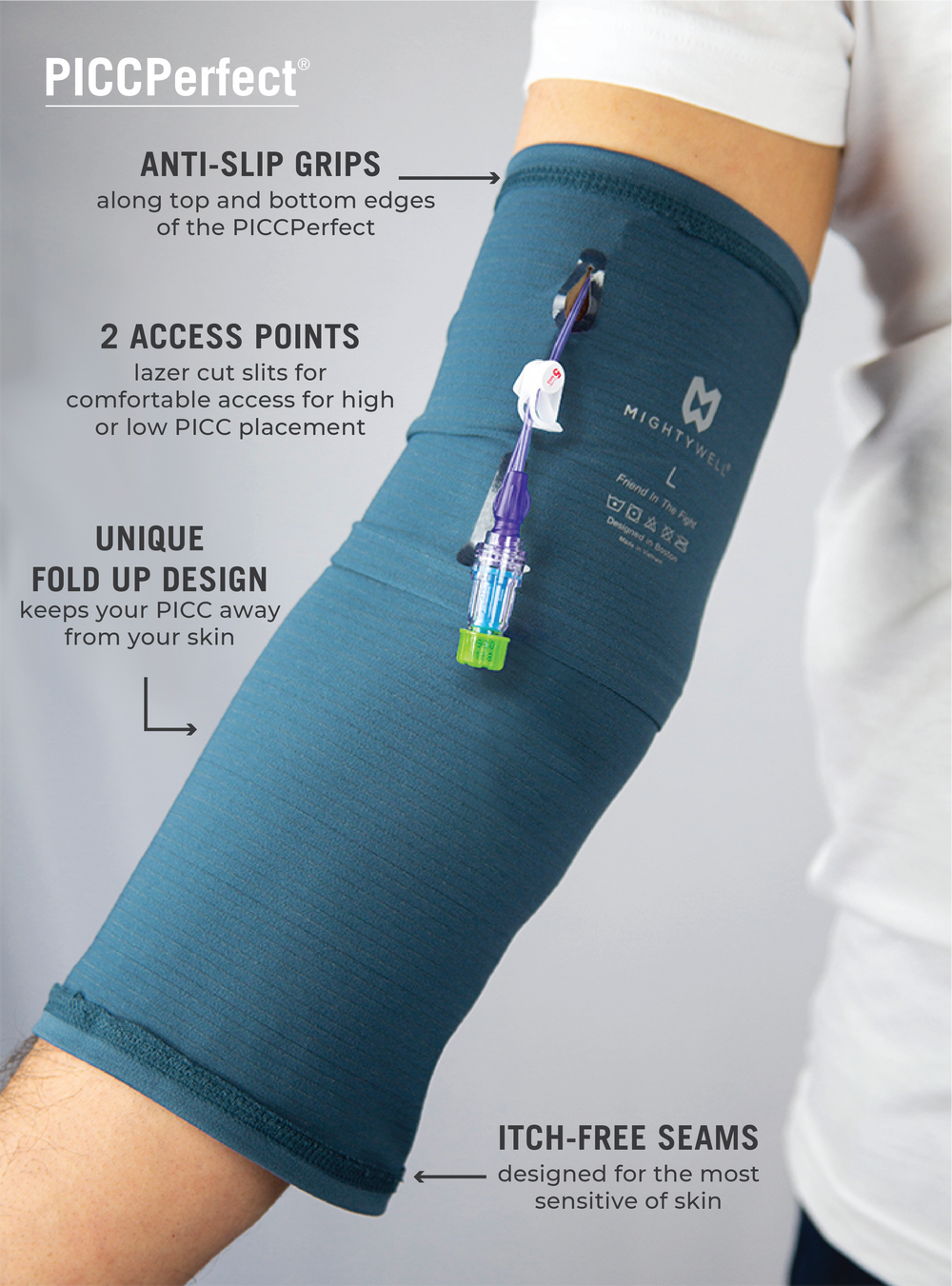
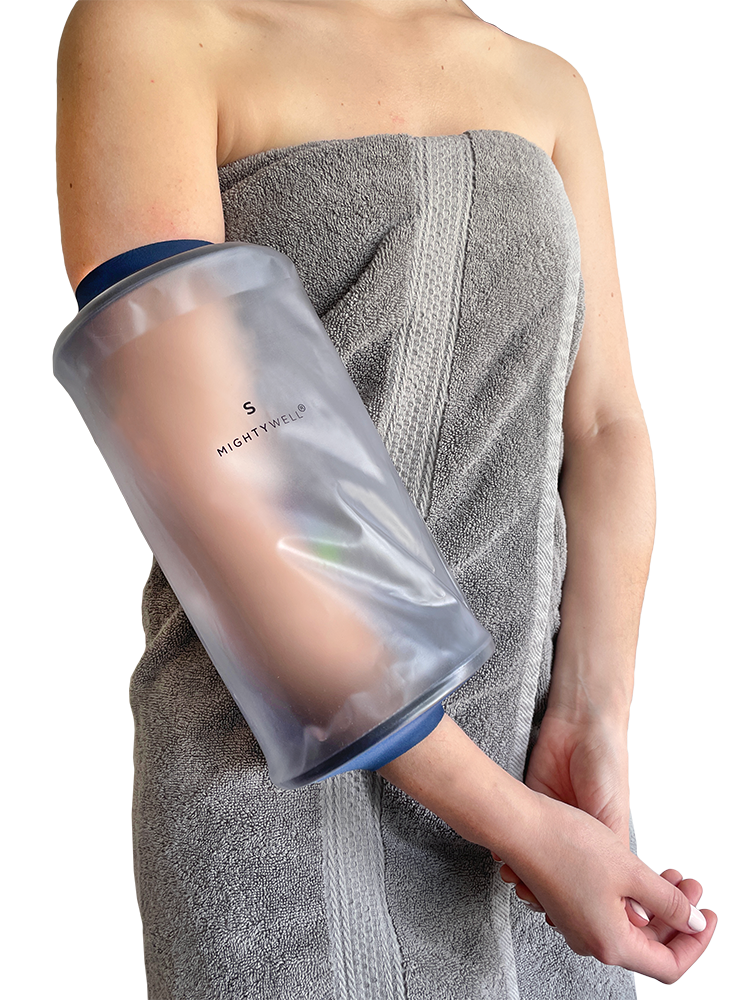
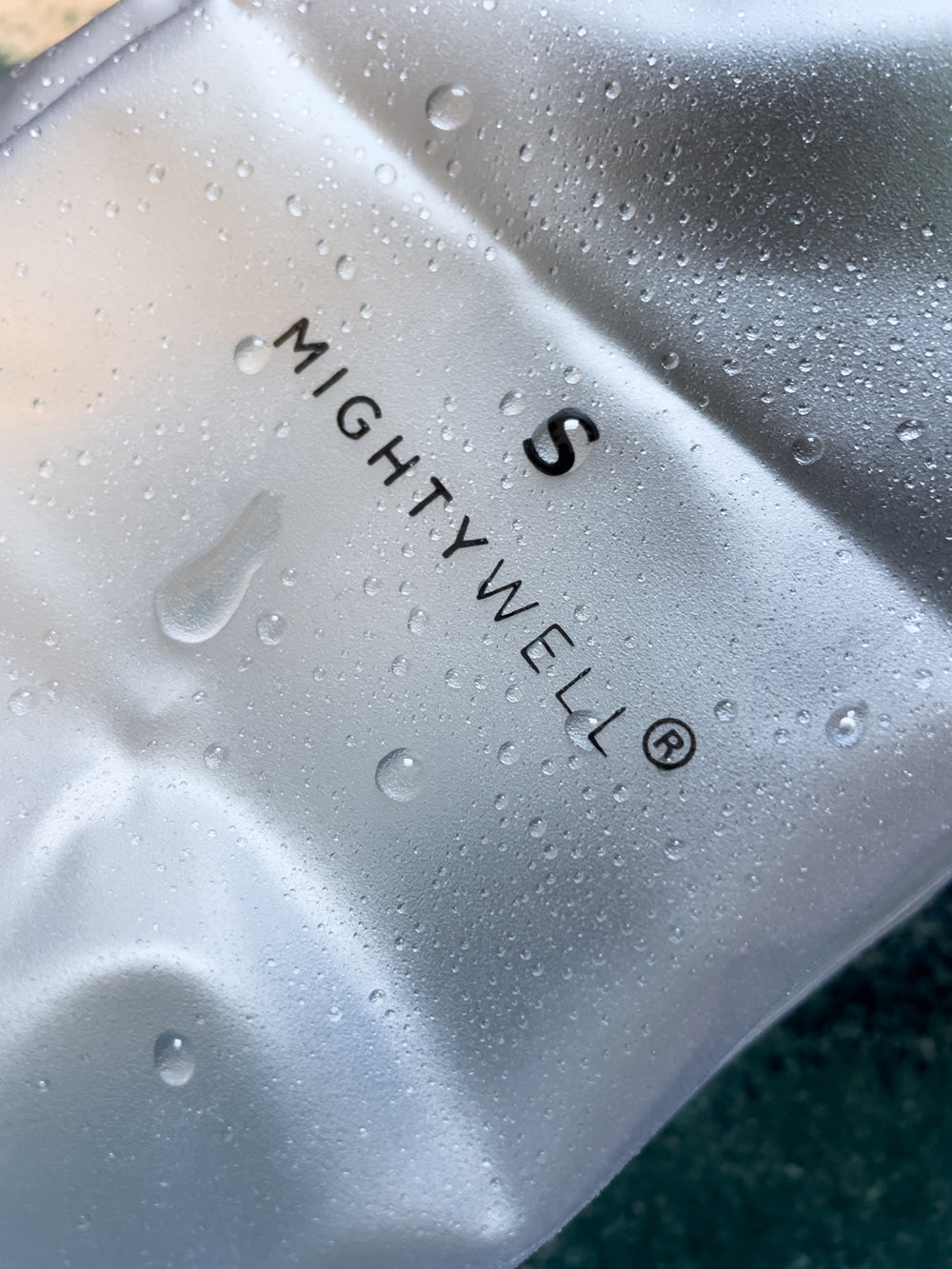
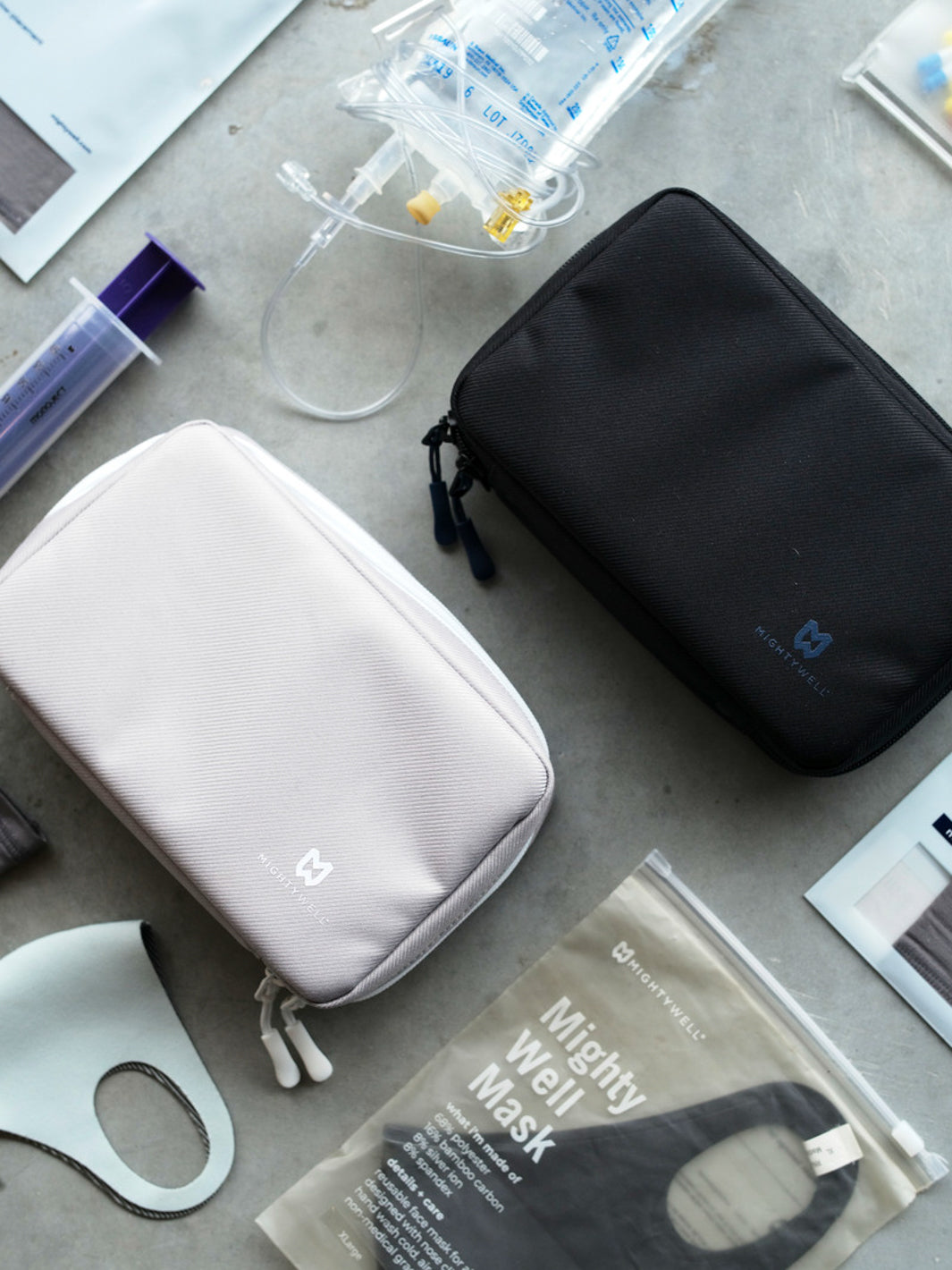



Leave a comment